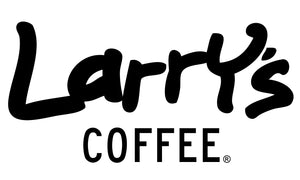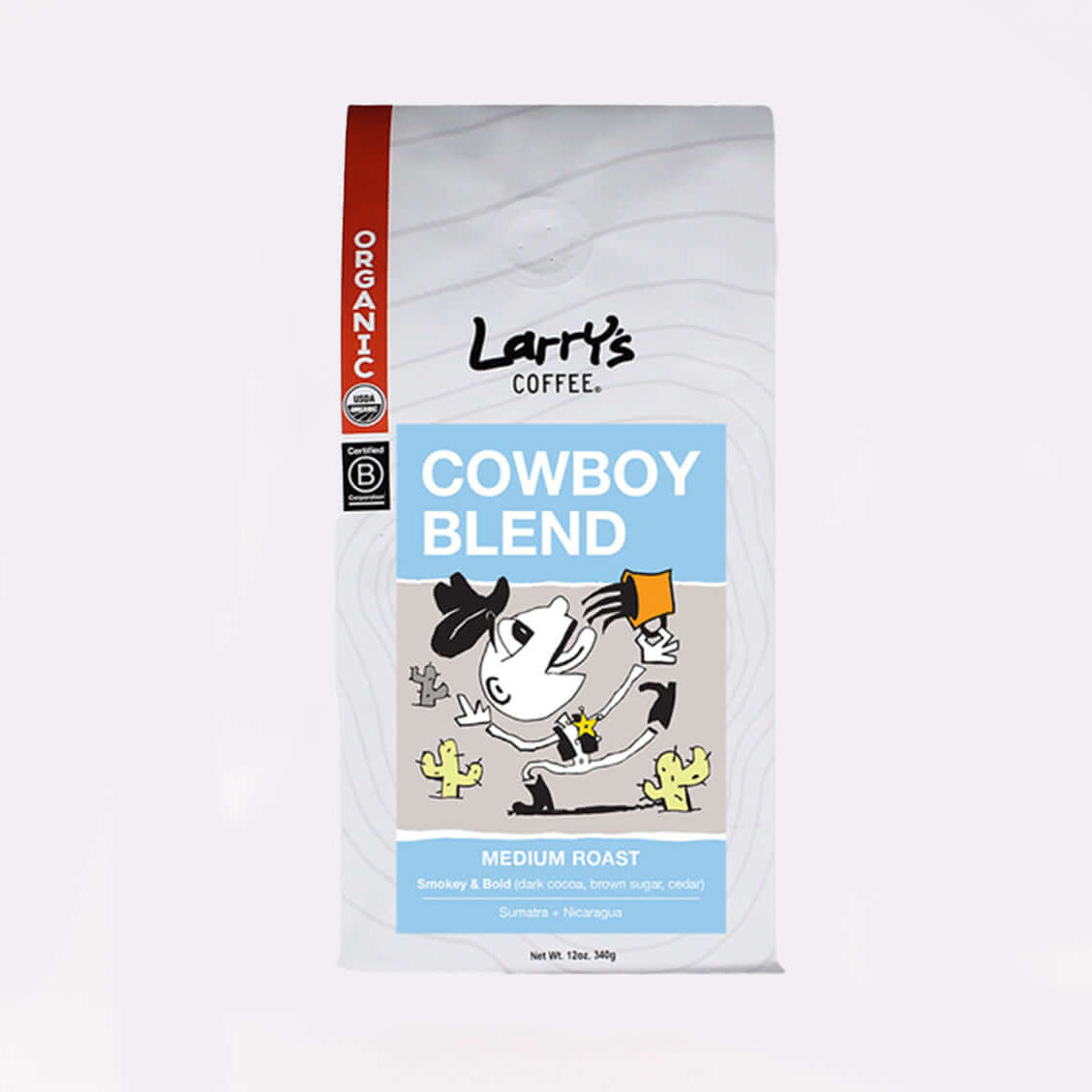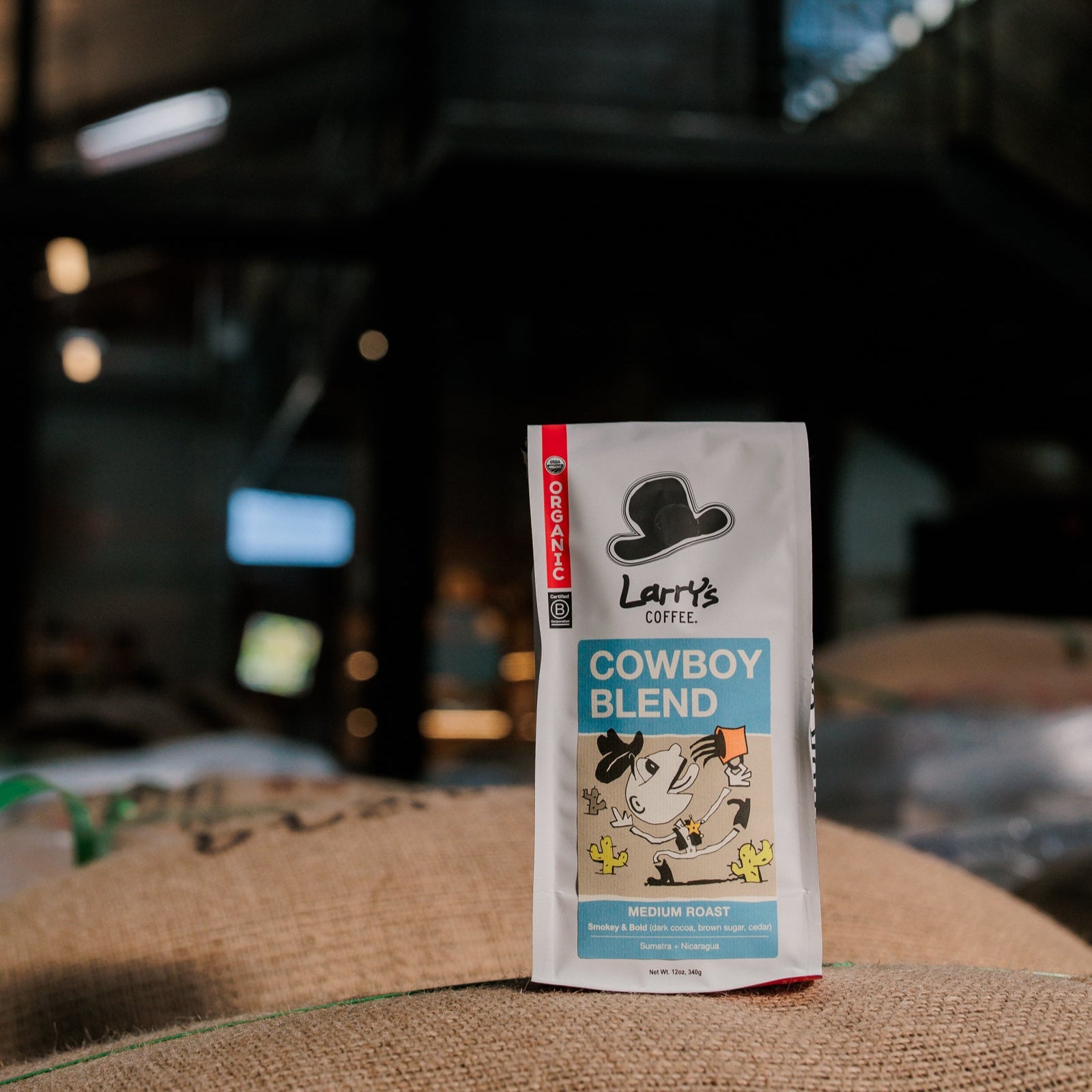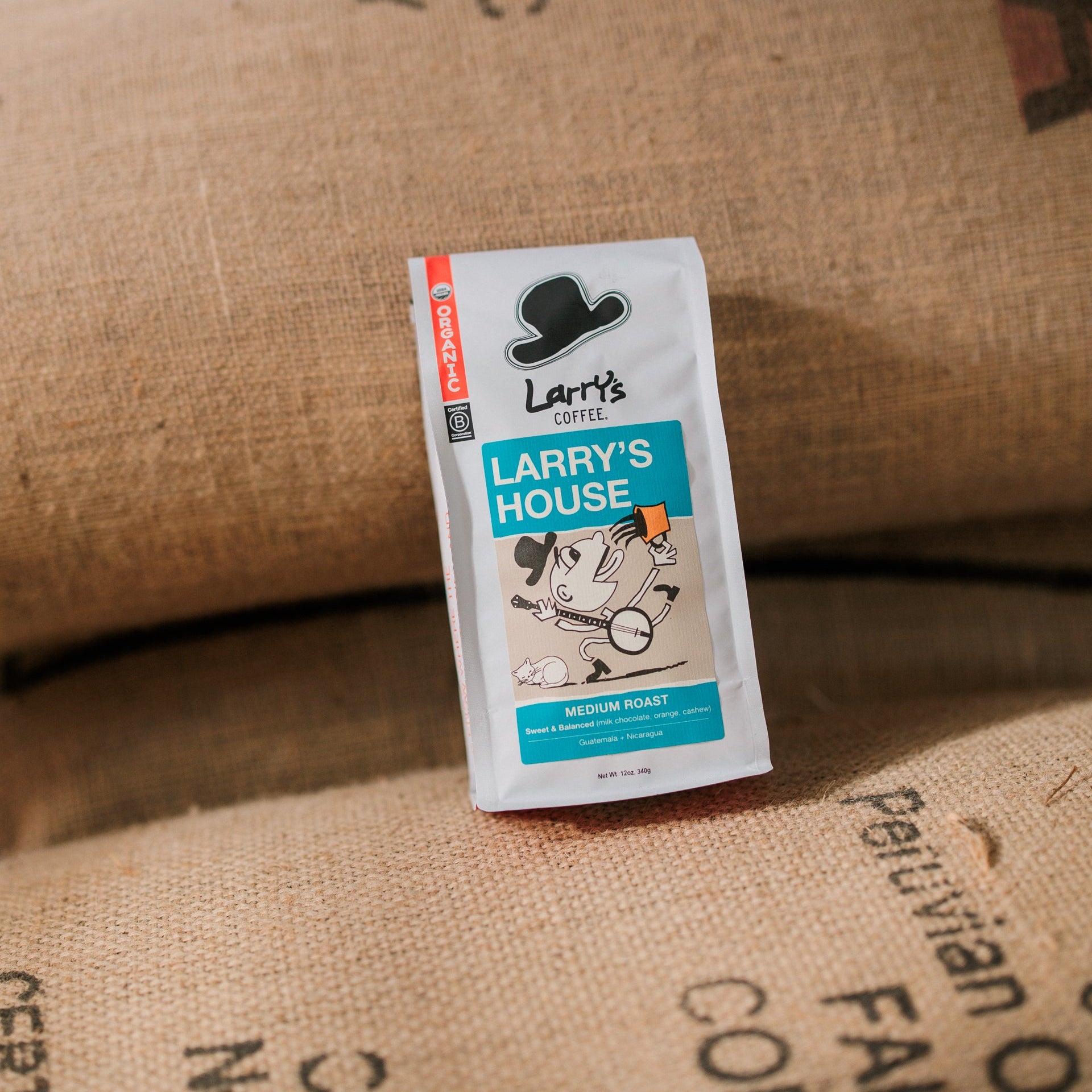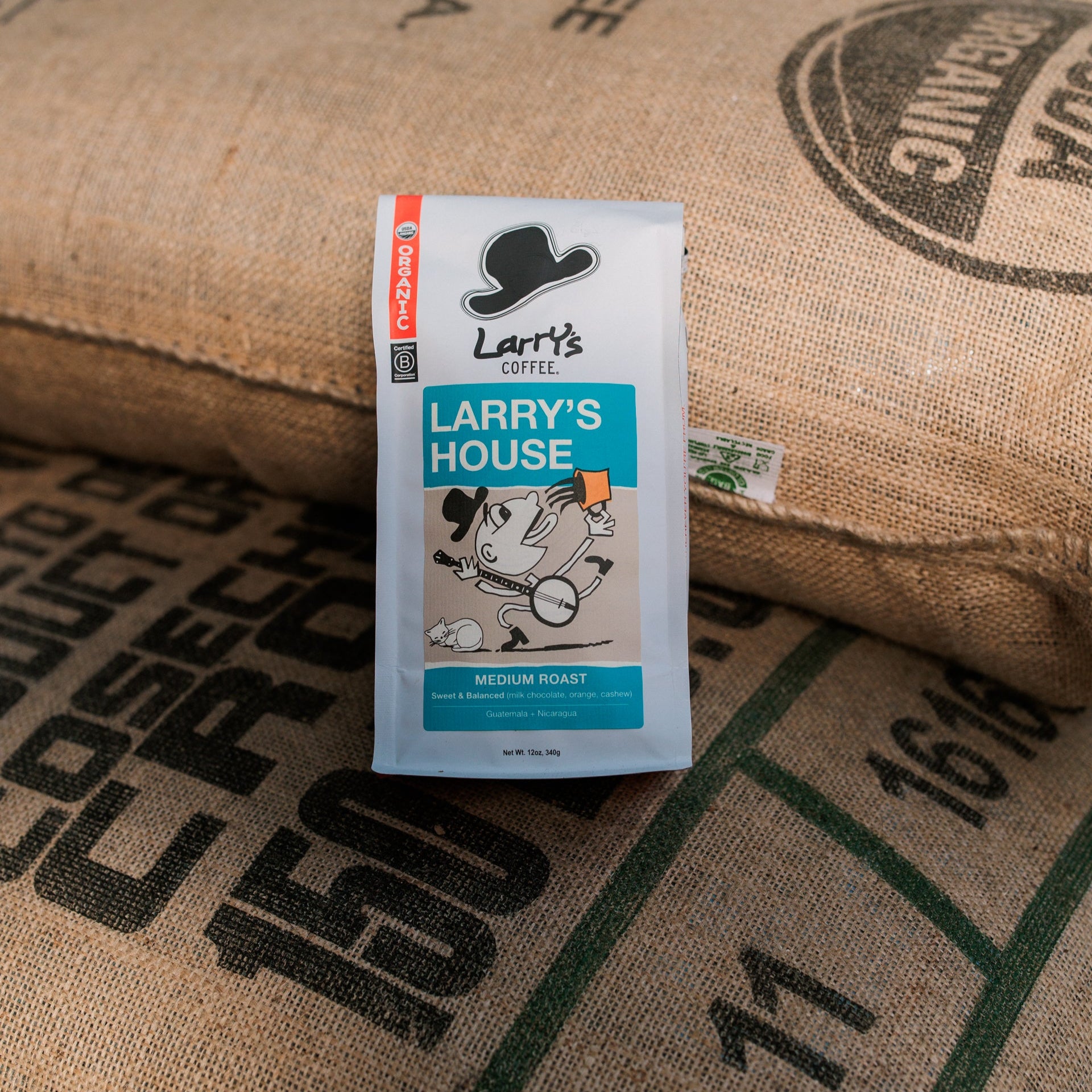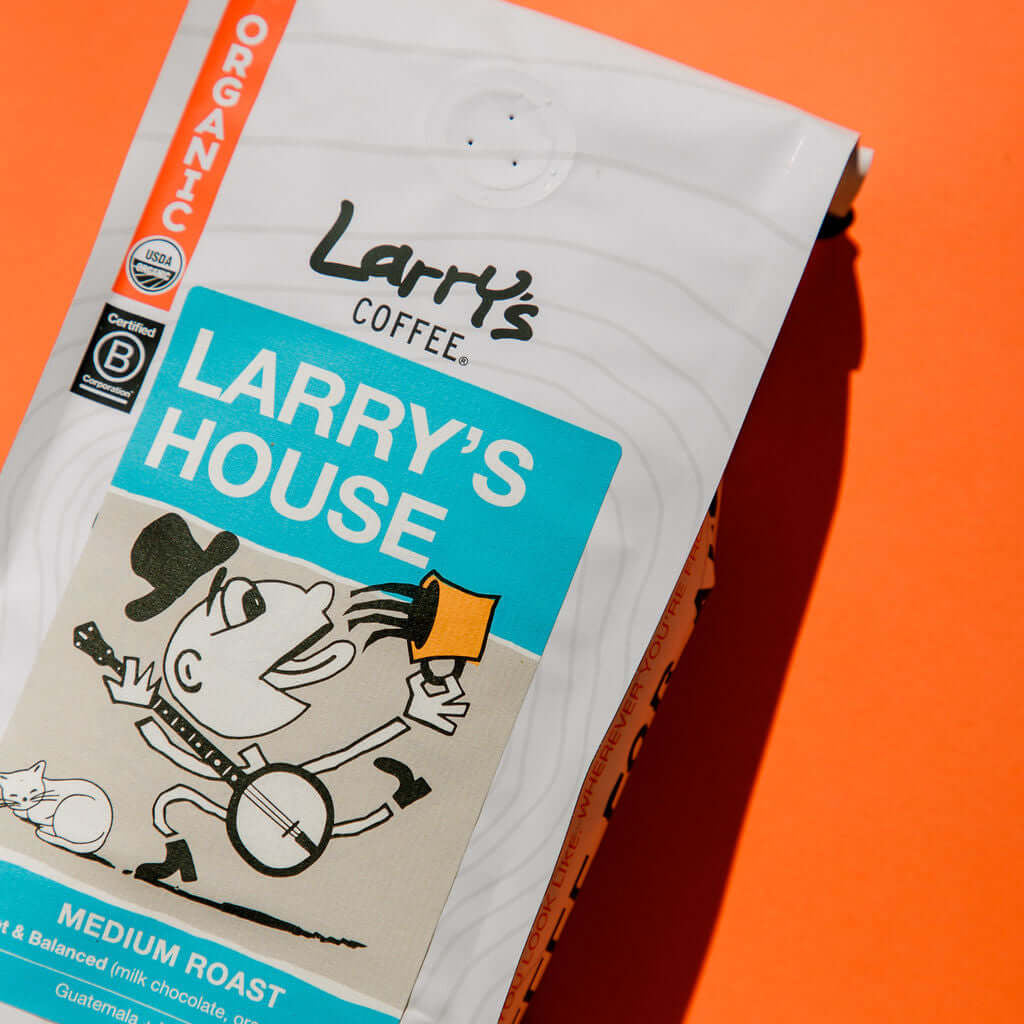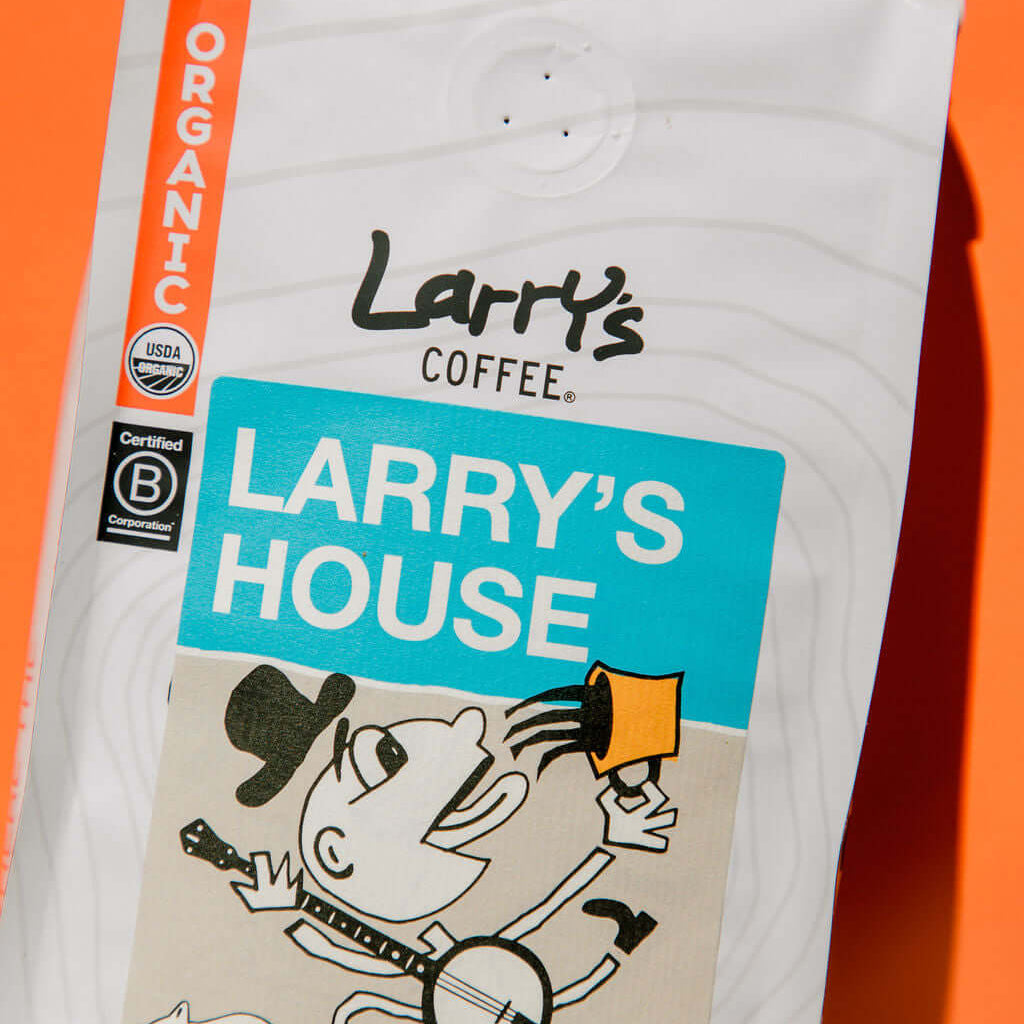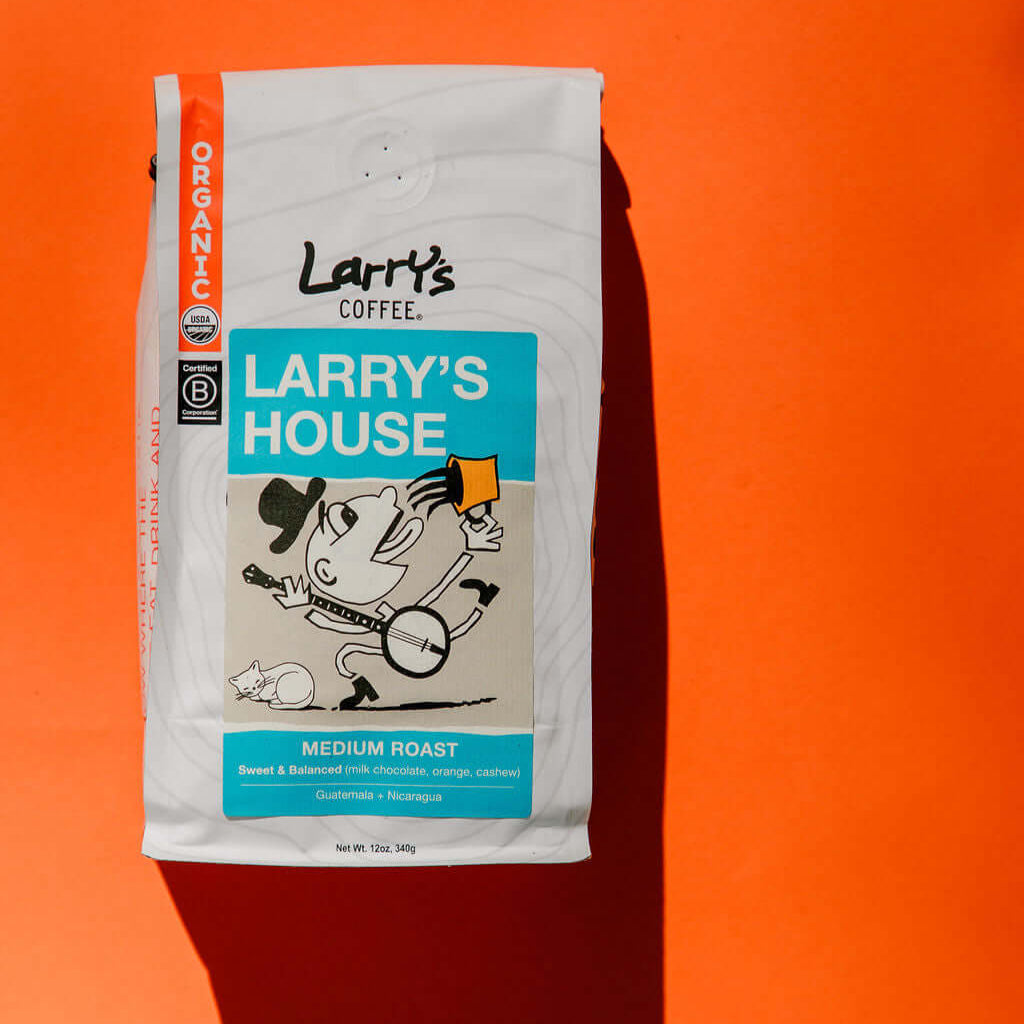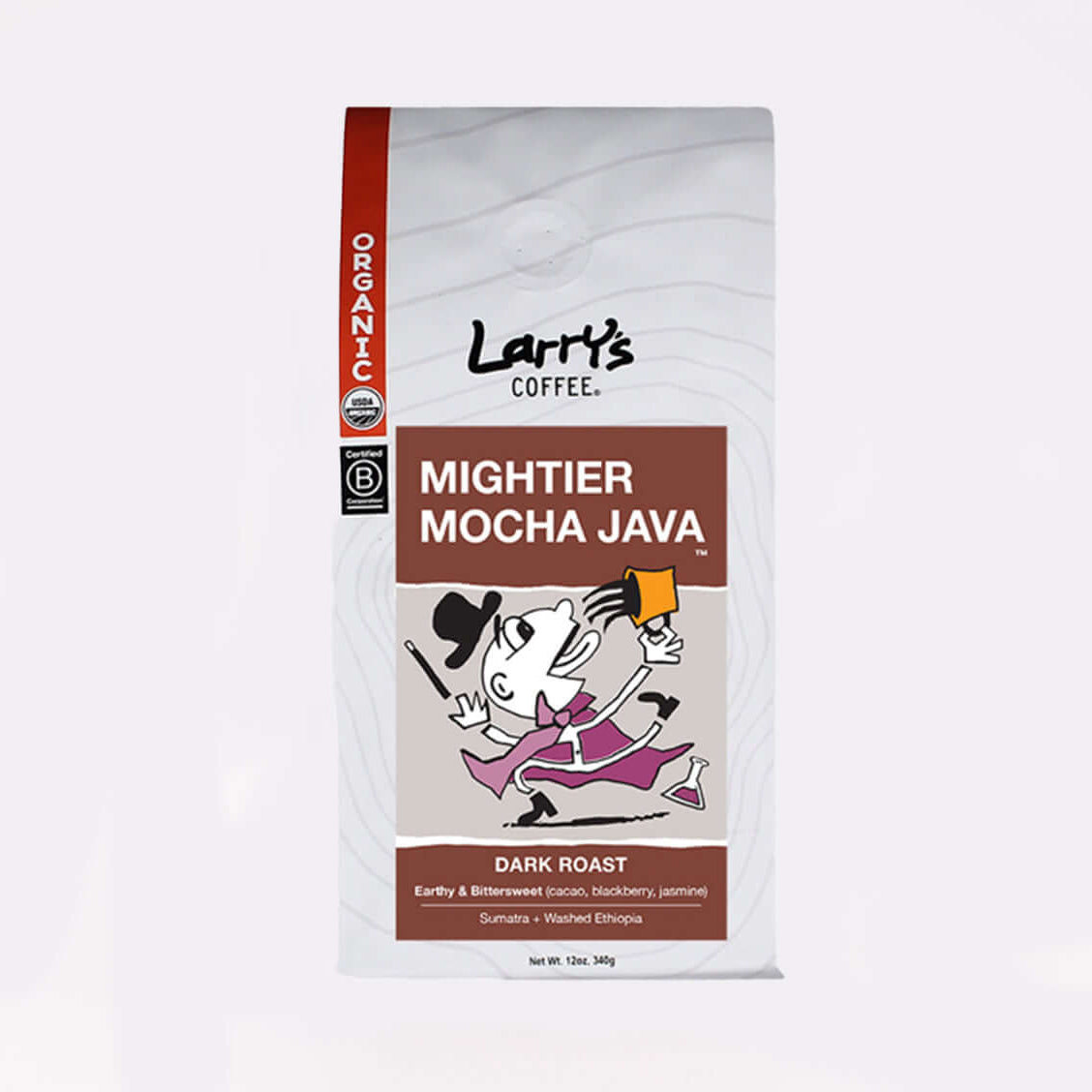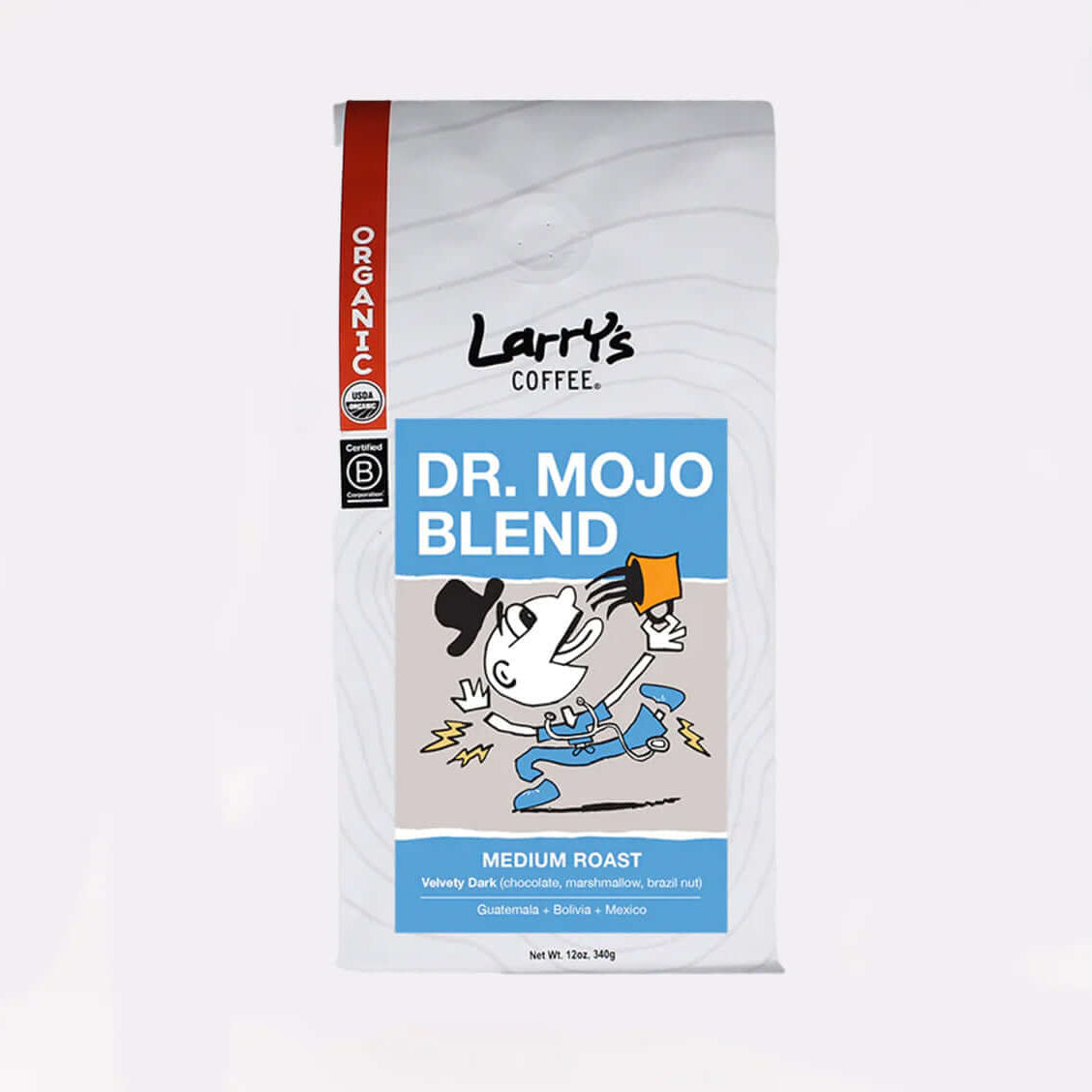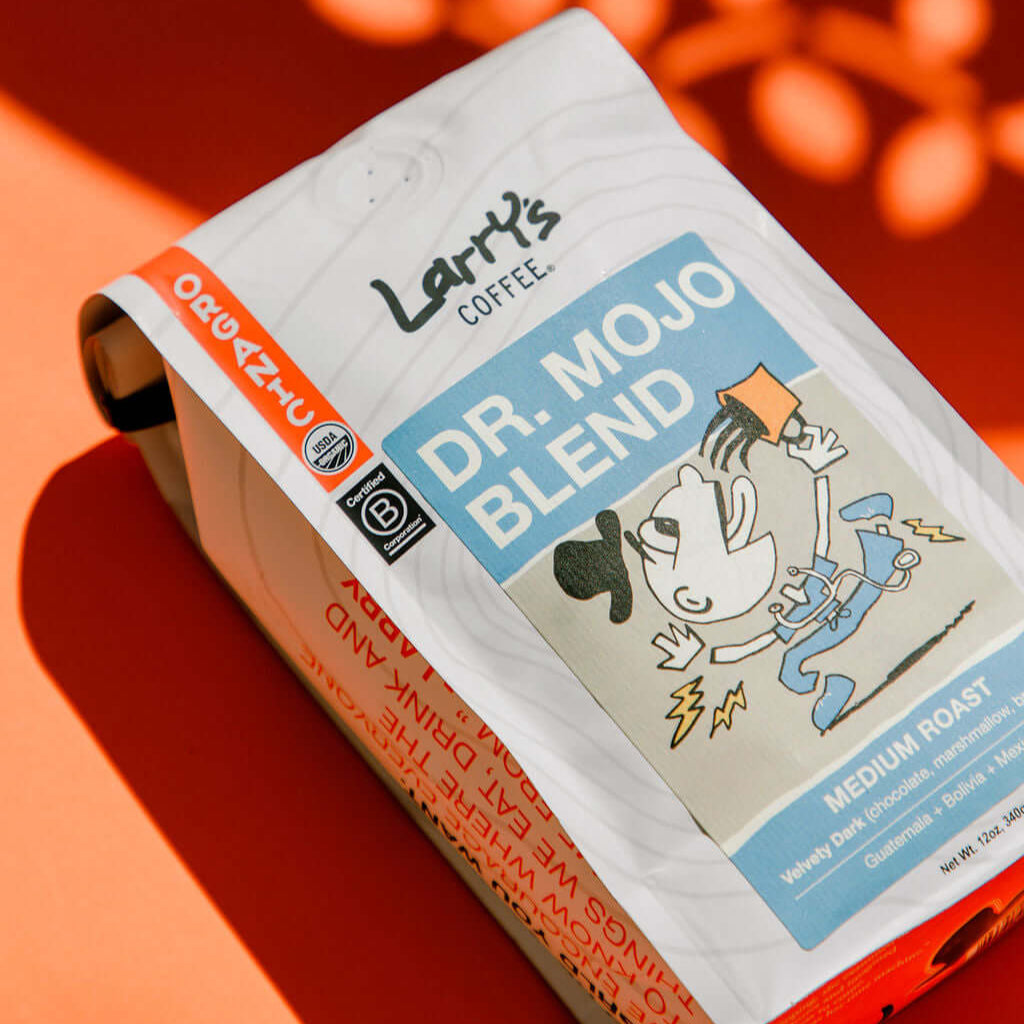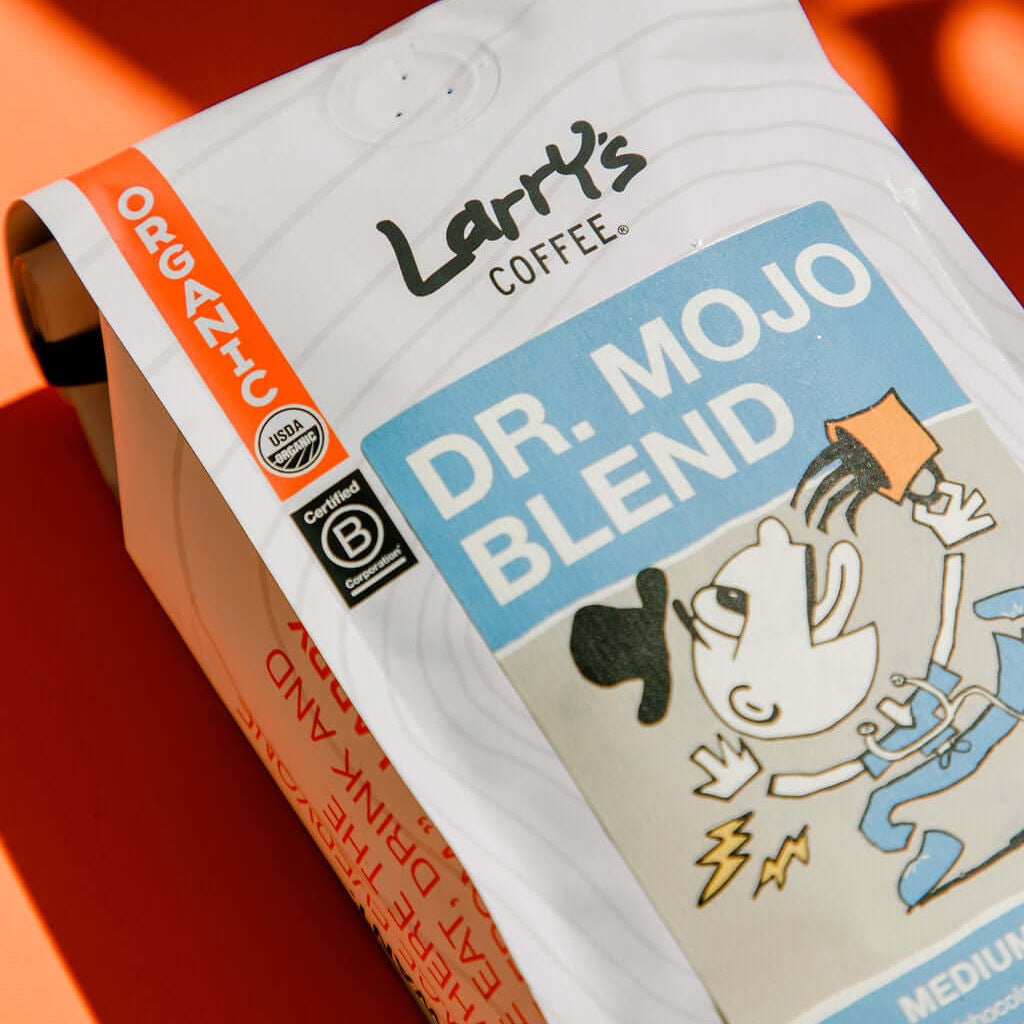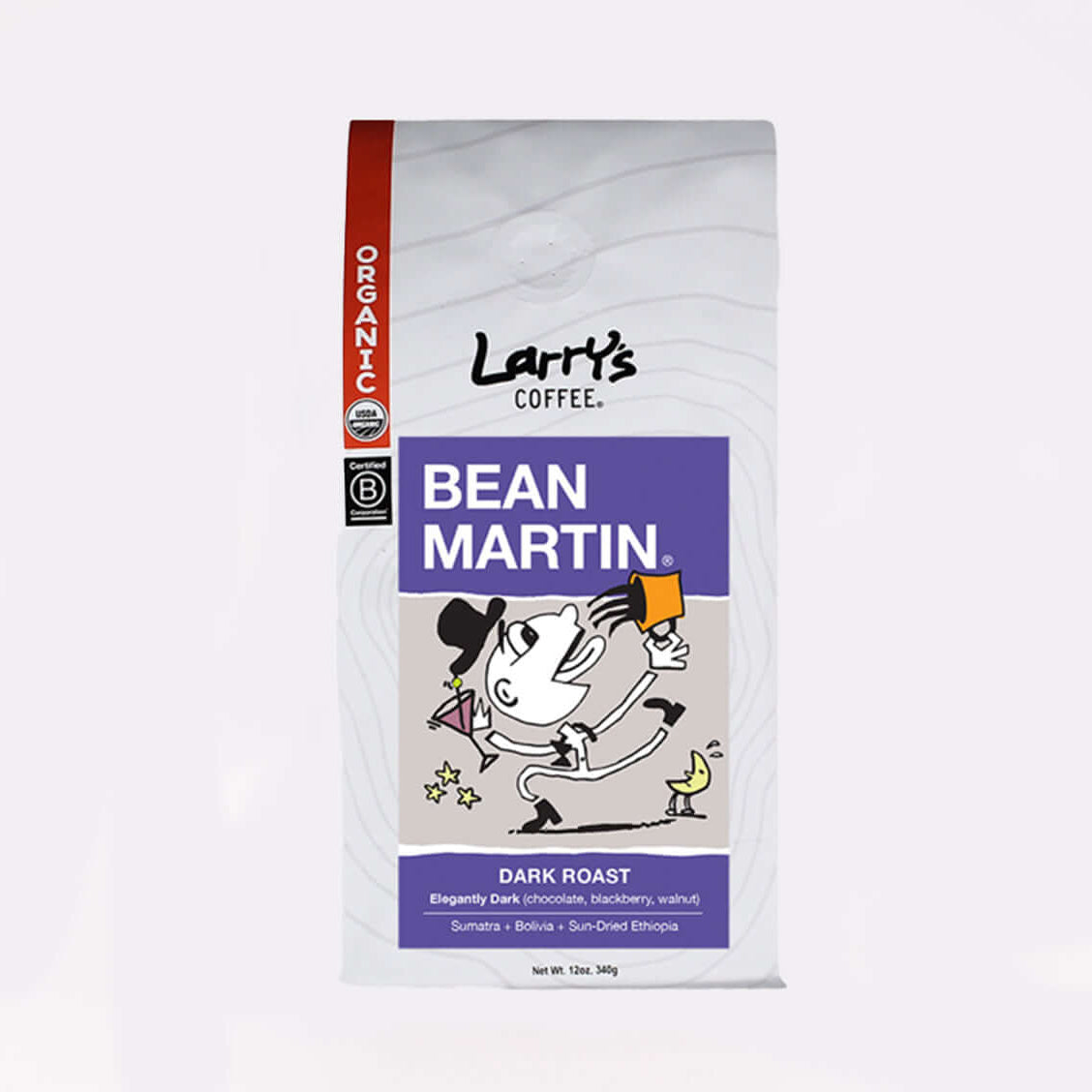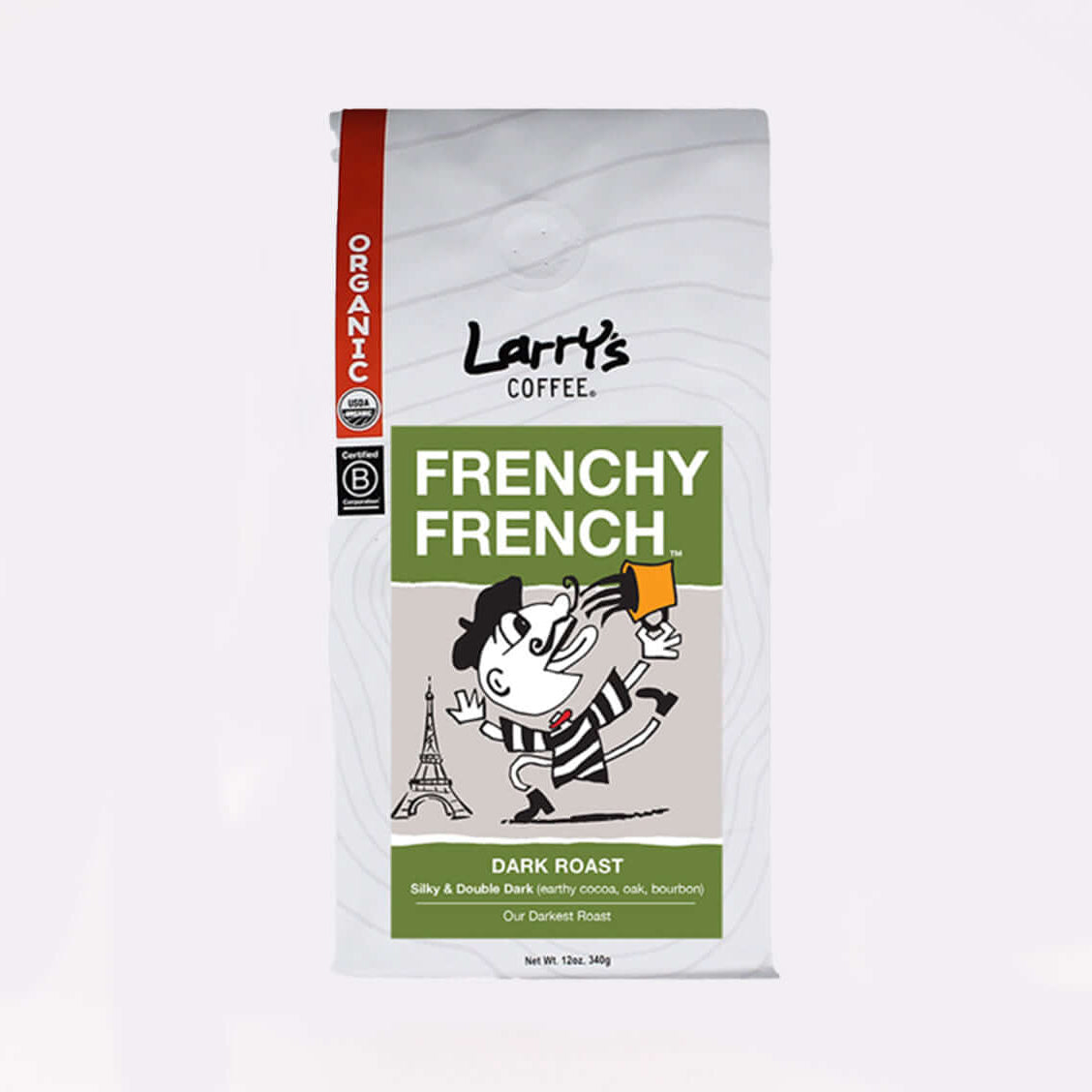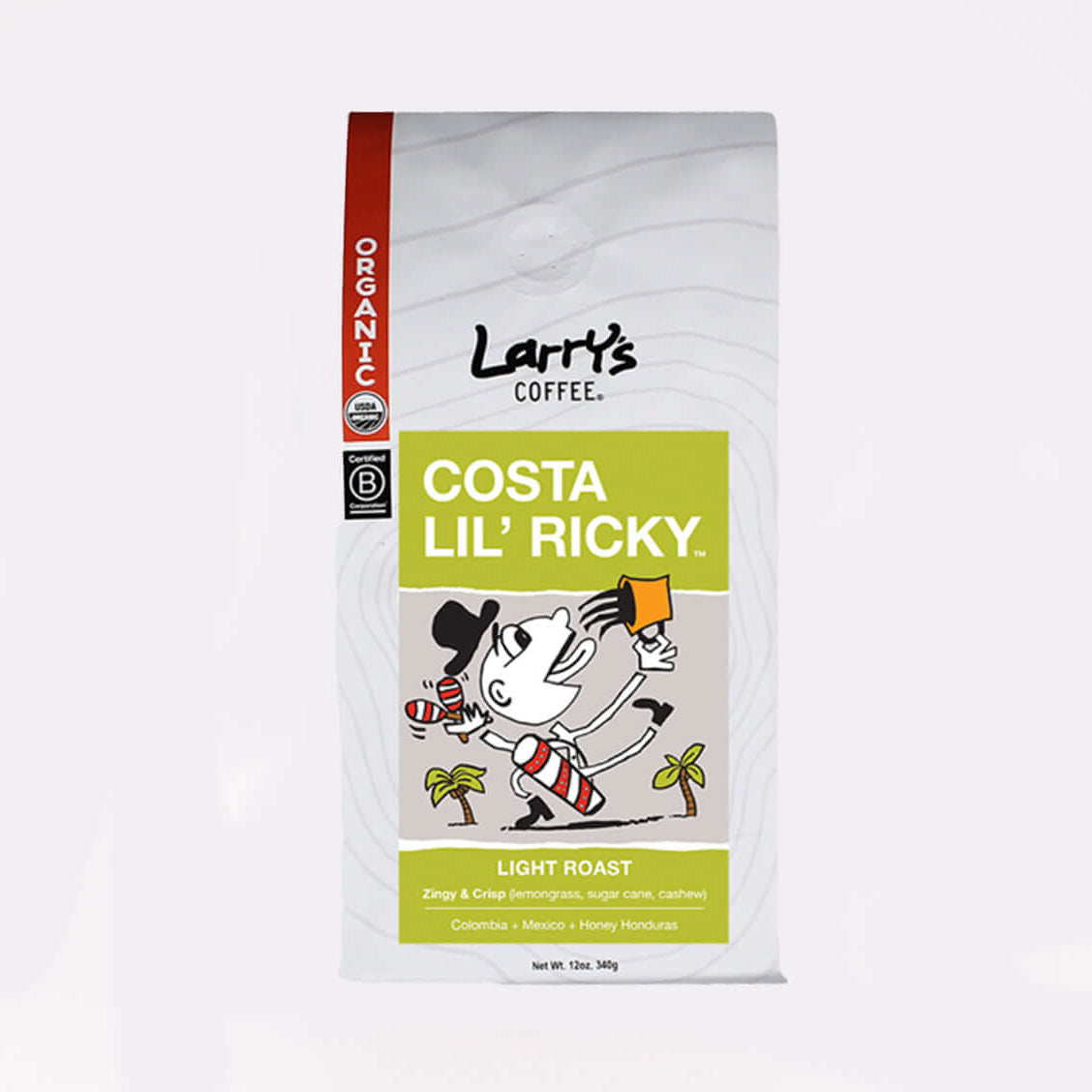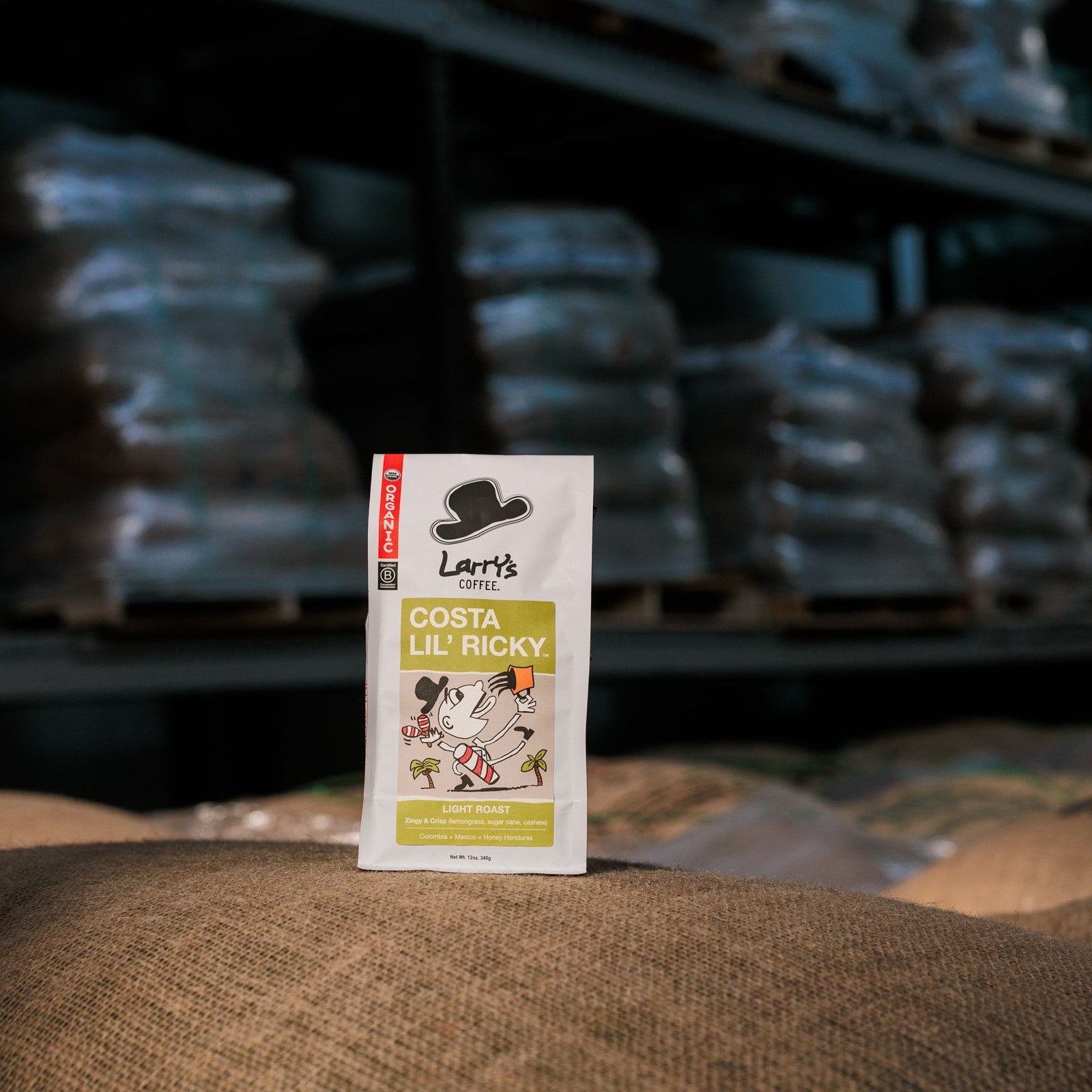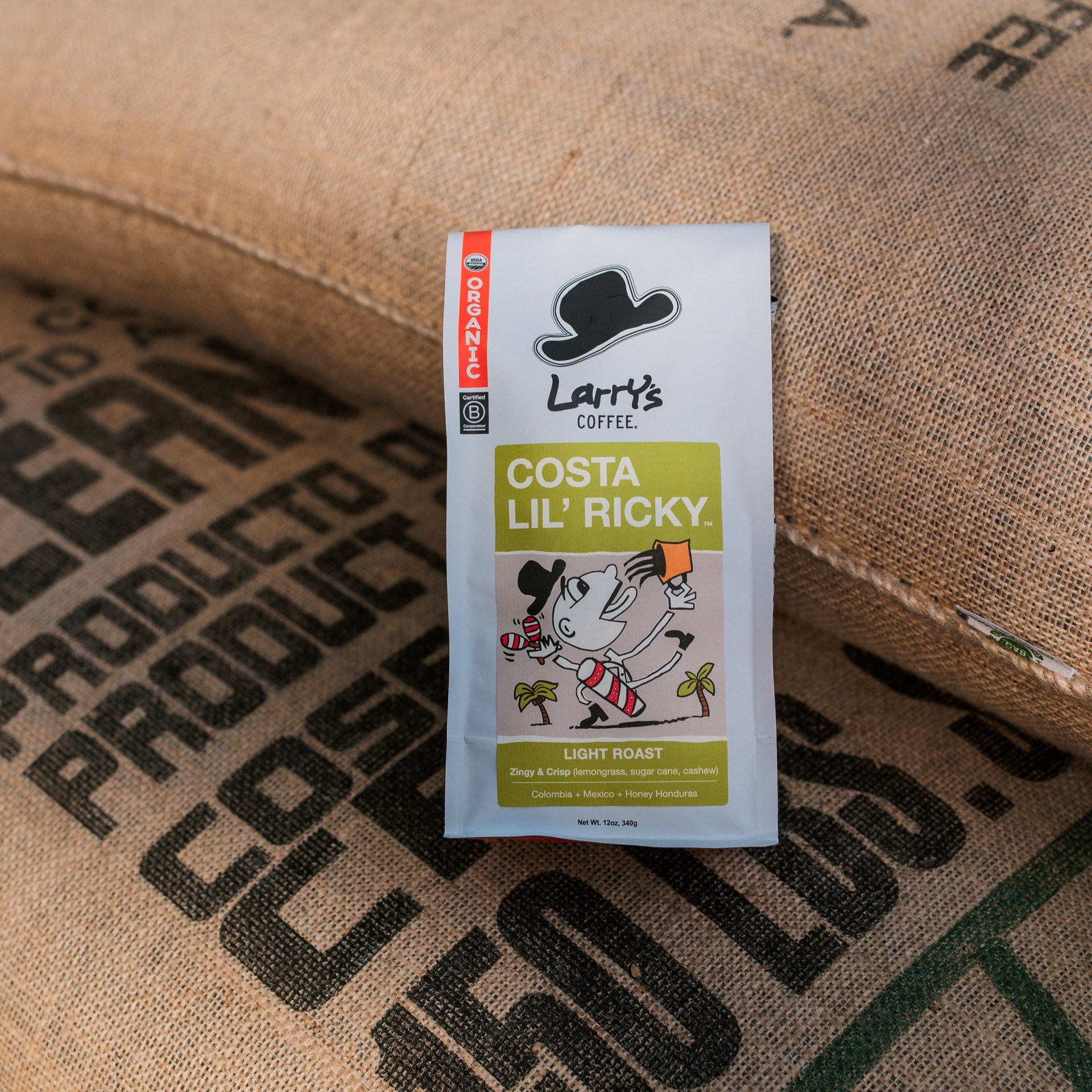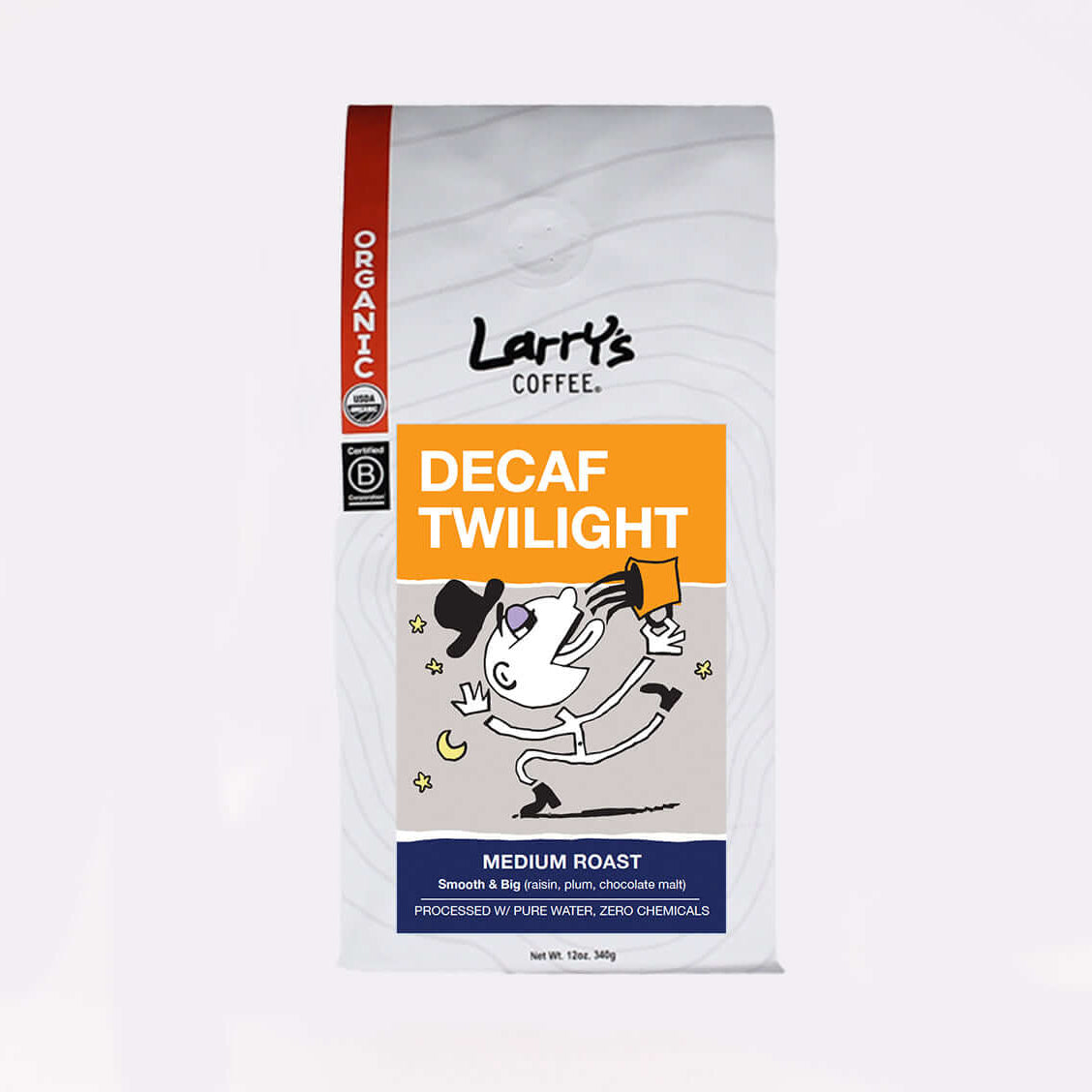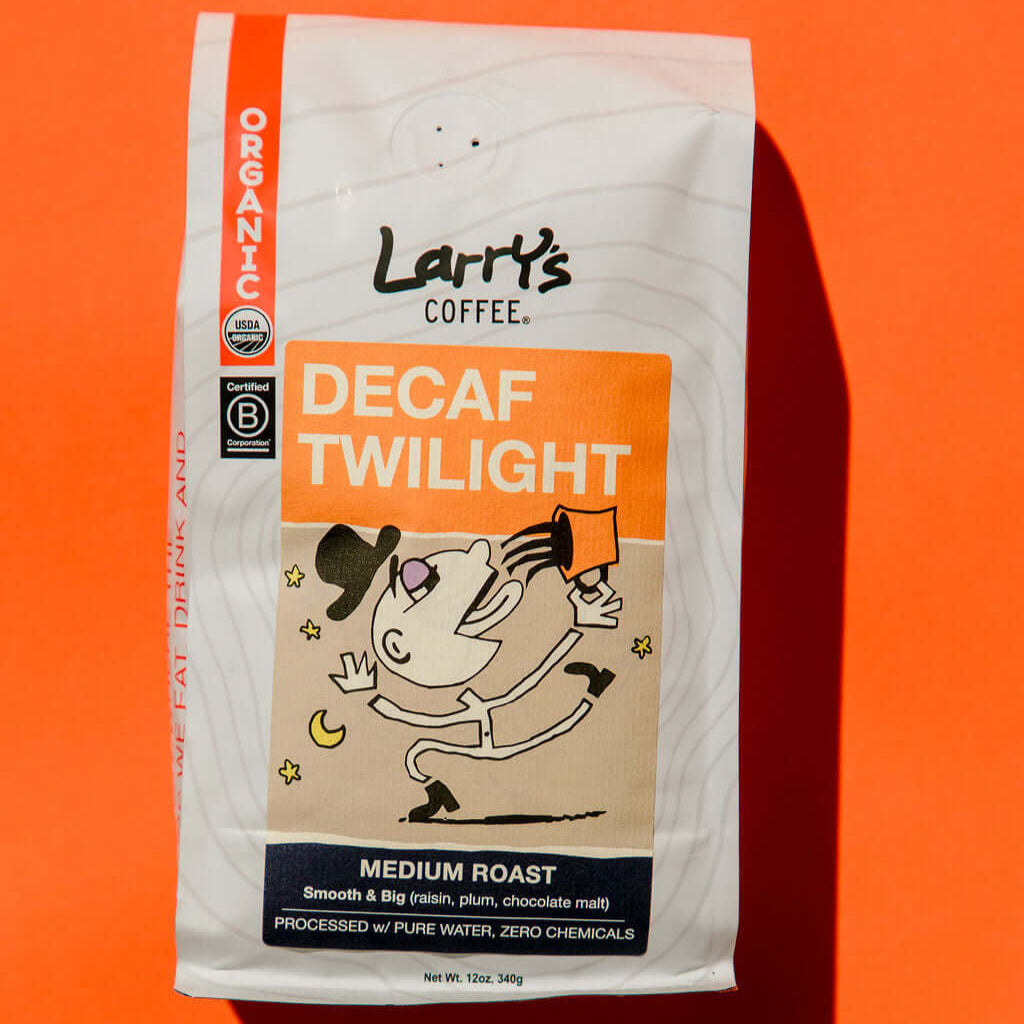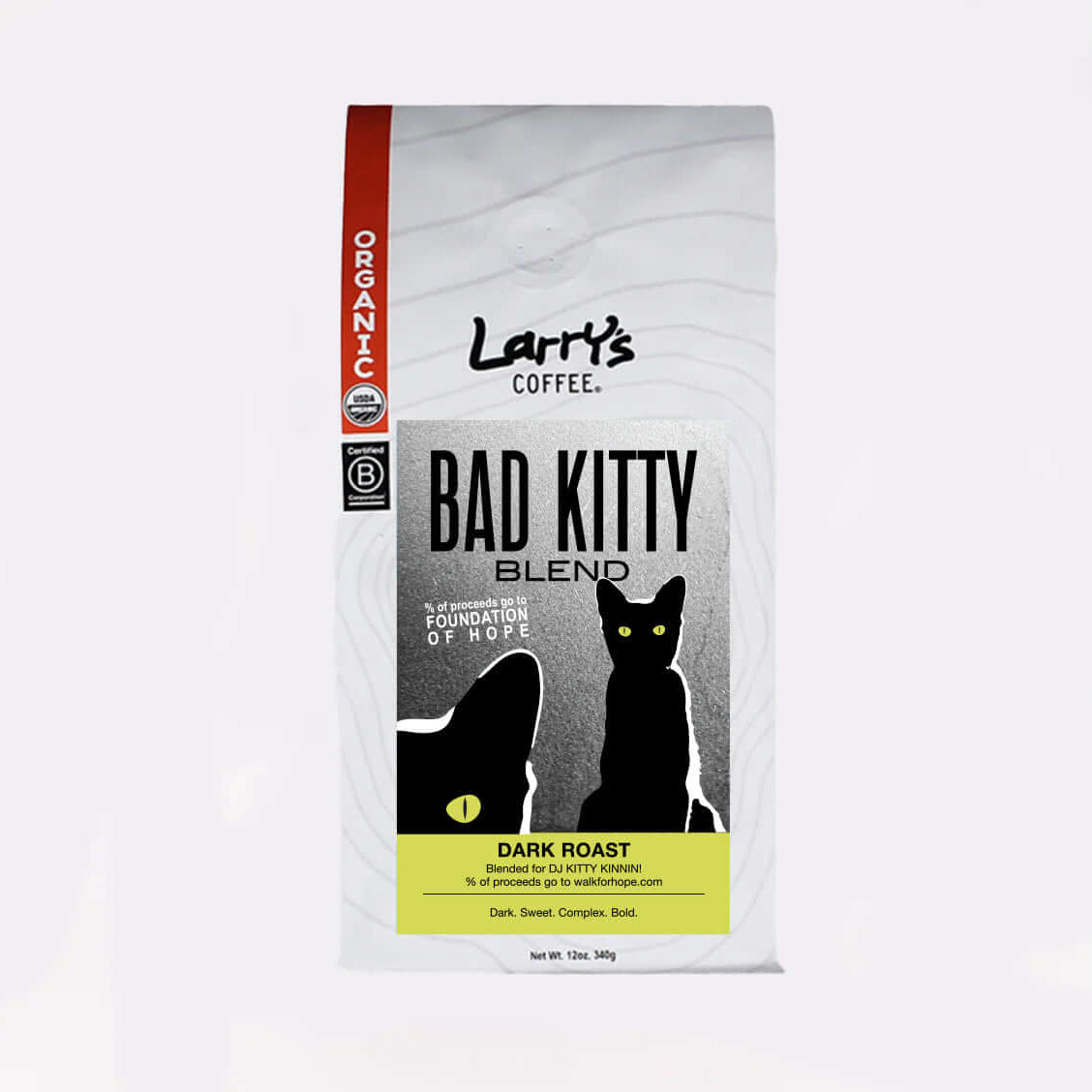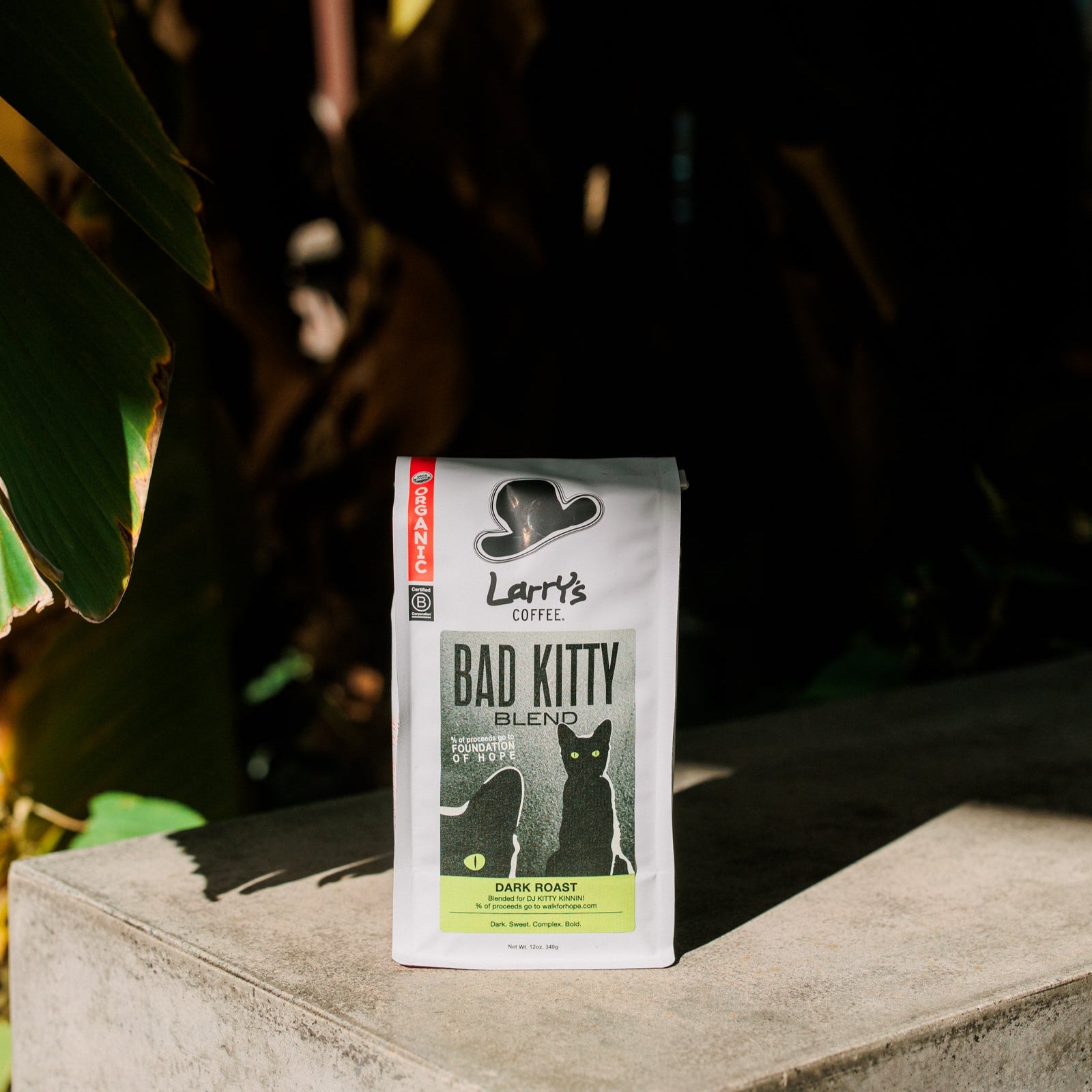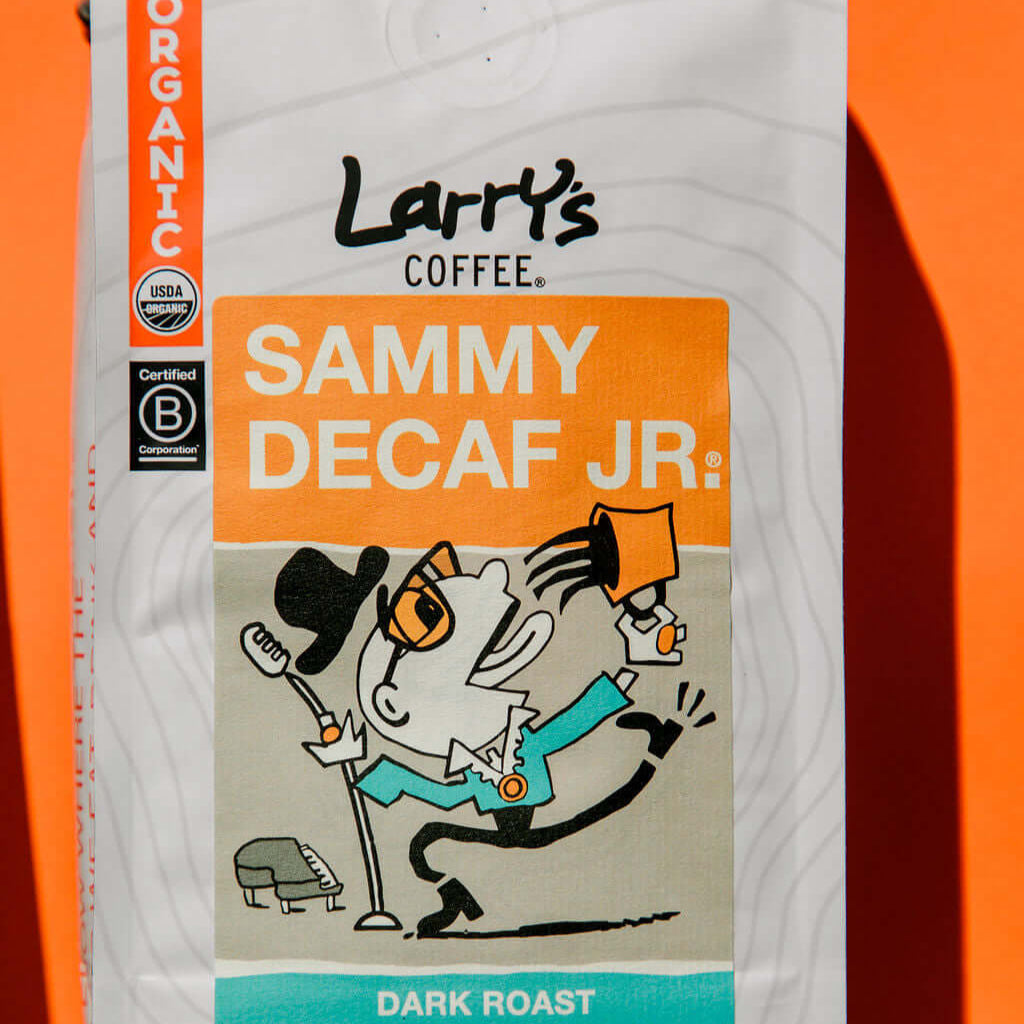How to Brew the Best Coffee (Pour Over Vs. French Press)

To press or pour? That is the question. In recent years, manual home coffee brewing has rapidly grown in popularity as consumers seek to make coffee that is as good or better than what they can find in chain coffee shops. This has led many coffee lovers to French presses and Pour-over coffee makers.
Both of these hands-on methods are known for producing coffee that is a different experience from what you can get from electric coffee makers. However, while they are likely both an upgrade to the ancient electric coffee pot in a typical office breakroom, they can have very different results from each other as well.
Here we'll look at the difference between French Press and Pour Over along with tips and tricks for how to brew coffee with each method.
How to Brew Coffee in a French Press?
A French press is a relatively simple device that was invented in Italy in the 1920s but is now a hallmark of good coffee for an entirely new generation of coffee lovers. This device has three components:
- Carafe: The carafe is a glass cylinder that serves as the body of the press.
- Plunger: The plunger is a thin metal rod attached to the lid of the carafe and is used to push (plunge) the grounds down.
- Strainer: Typically made of metal, this fine mesh strainer is a permanent and reusable part of the press.
Method and Tips
-
Heat your water. Your water should be brought to around 200°F. If you do not have a thermometer to test this, then bring your water to a boil (212°F) and let it cool for a minute before pouring.
- Pro Tip: Use only fresh, filtered water with all your brewing methods. Minerals, chlorine and other off-tasting elements in tap water will greatly affect your final cup.
- Pro Tip 2: Preheat your carafe before adding your grounds. Do this by pouring your heated water into the carafe and letting it sit while you measure out your grounds.
-
Measure your grounds. You will need a heaping tablespoon of grounds (7 to 8 grams) for every cup of water (6.7oz).
- Pro Tip: Use a coarse grind of coffee and, whenever possible, grind the beans yourself.
- Pro Tip 2: You can use any kind of bean you like in your French press, but a medium to dark roast bean is best. With more roasting, the beans' oils are more present and flavorful. This lends itself especially well to the French press method.
- Pour and time. If you have preheated your carafe, first empty this water before pouring in your grounds. Put 4 minutes on a timer, and pour your grounds in. Then, pour a small amount of water over the grounds to just barely wet them. Let this sit for about 30 seconds before adding the rest of your water. This is called "blooming" and it makes it easier for your grounds to impart their flavor once the rest of the water is poured over them.
- Plunge. Once your four minutes are up, slowly push the plunger down to force the grounds to the bottom of the carafe. Now, you're ready to enjoy your rich, dark French press brew.
Tips for Minimizing Grit
While the design of the French press has been refined over the decades, this method is still known for allowing some grit to pass through. You can minimize this downside of French Press in three ways:
- Coarse grind: Use a coarse grind that is roughly the same texture as coarse sea salt. Pieces this size will not be able to fit through a mesh strainer.
- Let it settle: After plunging your coffee, wait a few minutes for the grounds to settle to the bottom. Then, carefully pour into your cup. While no one likes to waste good coffee, if you want to make sure you do not have grit in your cup, avoid pouring the last few ounces containing all the grounds.
- Double filter: Use a second strainer to catch any remaining sediment. Small metal strainers that sit on top of your mug and will work wonders for this purpose. Slowly pour your coffee through a second strainer like this one for an exceptionally smooth cup of French press.
Taste
One of the hallmarks of good French press coffee is that it is known for being intense and full-bodied. The method allows for more of the beans' oils to remain in your cup which adds to the richness.
Benefits
One of the greatest benefits of French press is how customizable the process is. Not only can you personalize the ratio of water to grounds, you can also choose how long the grounds remain in the water.
Cons
The presence of grit tends to be the primary complaint from coffee drinkers, but there is also the issue of clean-up. Though the device is simple, the mesh portion can be difficult to get perfectly clean. You can minimize this by rinsing your carafe as soon as you have finished pouring out your coffee. Do not let it sit in the leftover grinds for longer than necessary.
How to Brew Coffee with the Pour Over Method?
Pour Over coffee has many similarities to French press with some key differences. In both methods you are pouring water directly over the coffee grounds and, just like with the French press, you will want to use fresh, filtered water and freshly ground beans.
The big difference is that a pour-over kit consists of a carafe and a paper filter, not a mesh strainer like a French press has. To brew a cup of pour over, you simply place the filter in the top of the carafe, pour in your ground and then pour hot water over this. The water extracts flavor from the grounds as it passes through before dripping into the carafe below.
Pro Tip
Use a gooseneck kettle to pour your water. The thin spout of a gooseneck kettle lets you better control how quickly you pour the water.
Benefits
Pour Over kits are extremely easy to clean up. Once you remove the used paper filter with the grounds, you simply have to rinse out the carafe. Pour over also eliminates the issue of grit that comes with a French press.
Cons
There are two main cons for Pour Over coffee. First, it can be inconvenient to use disposable filters. While the cost is not high, it does mean you have to keep them on hand when you want a cup of coffee.
There is also more waste and environmental impact associated with paper filters compared to a reusable mesh strainer like we find in a French press. Pour-over also does not let you control how long the grounds stay in contact with the water which can result in a weak brew if you are not careful.
When to Use French Press
- French press method is made for bold, dark roasts. This method makes the best use of the coffee oils that come out of beans during a longer roasting period.
- French Press is truly full-bodied and is not only strong in taste but also in texture. This can make it a good match for when you want to add flavorings, creamers or even alcohol to your coffee. The stronger flavors ensure the taste of quality shines through even when other components are present.
When to Use Pour Over
- Pour over is the light roast lovers best friend. If you tend to like blonde roasts, the pour over method will help to highlight subtle flavors and aromas.
- Along with lighter flavors, the texture or mouth feel is also lighter. Because the water does not spend as much time in contact with the grounds, they will not thicken the brew as much as they do with a French press.
Choosing the Right Coffee Brewing Device
While factors like freshness of the beans, water quality and brew method are the most important, proper brewing equipment can also affect your pour-over. Here are some of our top picks:
Best Single-Serve Pour-Over
Kalita 102 Ceramic Dripper. This straight-sided pour-over dripper uses Kalita's famous 3-hole extraction method to produce a consistently high-quality cup of coffee. Use it with almost any decanter of your choice for one delicious cup of coffee at a time.
Best Travel Pour-Over
Hario V60. The V60 lets you have fresh brewed coffee no matter where you are. Use it to brew coffee right into your mug.
Best Multi-Serve Pour-Over
Ceramic Kalita Wave 185 Dripper. This elegant porcelain dripper helps to evenly maintain heat in your coffee. Use it for up to 26 oz of full-bodied coffee.
Best Multi-Serve French Press
Yama 6-Cup French Press. This sleekly designed French press is designed to give you the best in bold, dark brews. With a 6-cup capacity, this is ideal for larger households.
Finding your Perfect Brew
When it comes to deciding between French press and pour-over, personal taste is the most important factor. If you like dark roasts and strong flavors, the French press will likely be best for you. However, if you like a lighter roast, pour-over is the best method.
Shop Larry's selection of light and dark roasts along with the tools you need to make the best cup now.
Sources:
https://www.thekitchn.com/best-coffee-brewing-method-22977756
